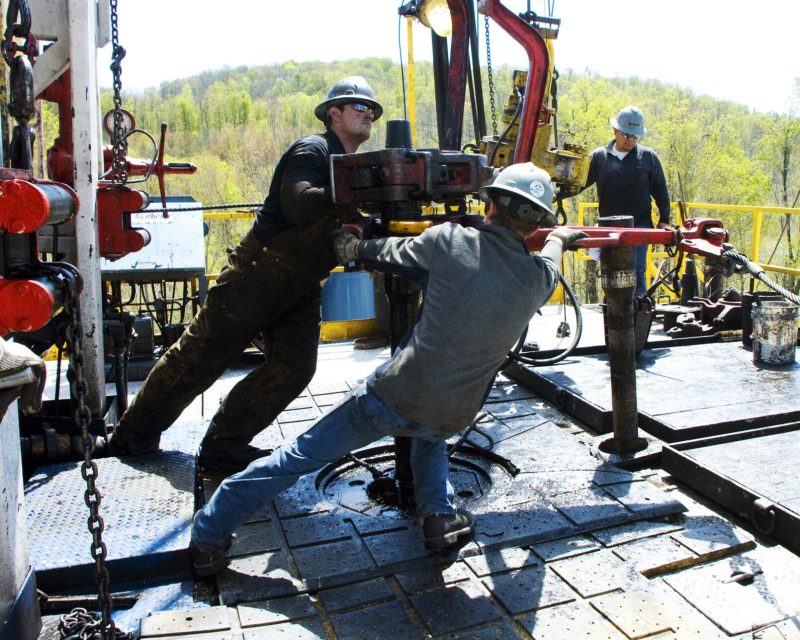By Anthony Hennen | The Center Square
(The Center Square) – Pennsylvania’s natural gas impact fee netted the commonwealth its second-highest recorded total, bringing in $234 million for state and county governments.
The $234.4 million was an almost 60% increase from 2020, when the impact fee generated $146 million in funds, according to the Public Utility Commission. The highest year on record is 2018, when the impact fee generated almost $252 million in revenues.
Impact fees are paid according to how many wells are drilled in a calendar year. The commonwealth is unique in assessing impact fees; other states use severance taxes.
The impact fee was in line with a January estimate from Pennsylvania’s Independent Fiscal Office that pegged the revenue at $233.8 million. High natural gas prices and a production increase drove revenues.
Counties across Pennsylvania will receive $129 million, while $105 million goes to statewide environmental programs and regulatory oversight. Washington, Susquehanna, Bradford, Green, Lycoming, Tioga, and Butler counties received the most funds, ranging from $2.5 million to $7.7 million. The funds can be spent on public infrastructure, environmental protection programs, social services, tax reductions, and other uses that were approved by Act 13 of 2012.
“Our industry provides much more than clean and abundant natural gas,” Dave Callahan, president of the Marcellus Shale Coalition, an industry group, said in a press release. “Good-paying jobs, economic prosperity, and – as demonstrated by the impact fee – sustained community investment programs are all made possible through responsible, Pennsylvania natural gas development.”
Since 2012, the impact fee has generated almost $2.3 billion. The fee, applied for 15 years, is highest on wells in their first three years. Then the fee holds steady for years 4-10 before dropping again for years 11-15. The fee depends on the price of natural gas.
In 2021, Pennsylvania had almost 11,000 horizontal wells eligible for impact fees and almost 700 ineligible wells.
Some natural gas producers have called for the impact fee to be reduced, arguing that the industry has paid more than its fair share. The industry also notes that its companies pay all other Pennsylvania business taxes, along with drilling permits and other fees.
However, environmental groups in Pennsylvania, such as PennFuture, have called for the impact fee to be replaced with a severance tax to fund clean energy investment and to hire more well inspectors in the Department of Environmental Protection.
